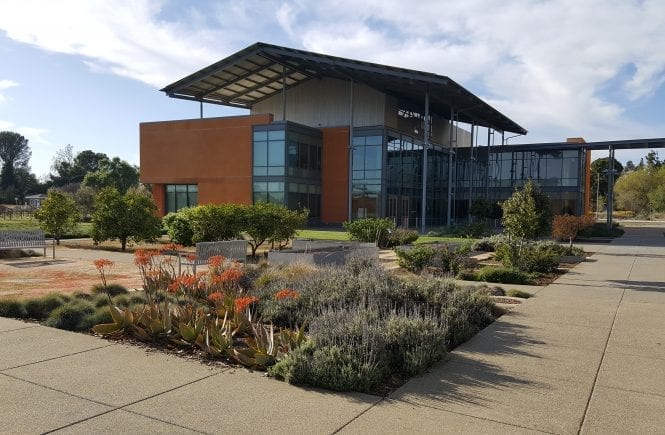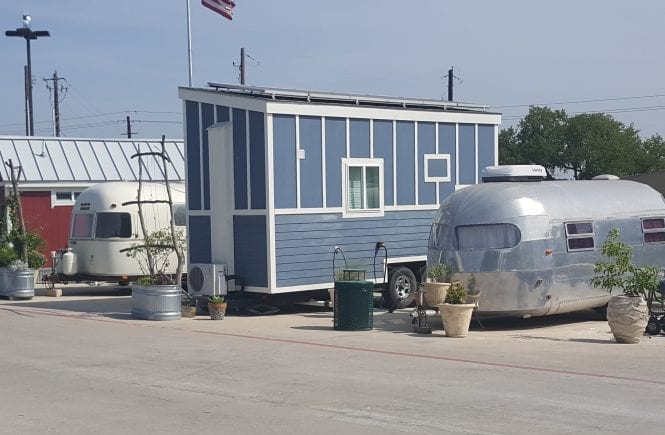On September 4th, I had the opportunity to attend Austin Climate Hub’s first event of the fall season: “Challenges and Emerging Solutions to Scaling First-of-a-Kind Energy Technologies.” Held at The Sunset Room in downtown Austin, the event brought together an all-star panel of investors, financiers, and cleantech leaders to tackle one of the most persistent challenges in the climate innovation space—how to get bold new ideas off the ground and into the real world.
The evening was packed with insights, networking, and conversations around the nuances of funding and scaling first-of-a-kind (FOAK) energy technologies. These are the game-changing projects that, while promising, often get stuck between R&D and real-world execution. So what’s holding them back and how do we move them forward?
Execution Over Idealism
One of the biggest takeaways of the night was this: execution beats ideal conditions every time. The panelists made it clear that investors would rather see a startup that has done something—even a small pilot—versus one that merely has a perfect business plan on paper.
Execution is king. Getting even one project into the pipeline proves more valuable to banks and investment groups than an “ideal world” proposal with no boots on the ground. This is where financial creativity and risk-sharing come in—tools that help derisk the process and give emerging technologies a chance to shine.

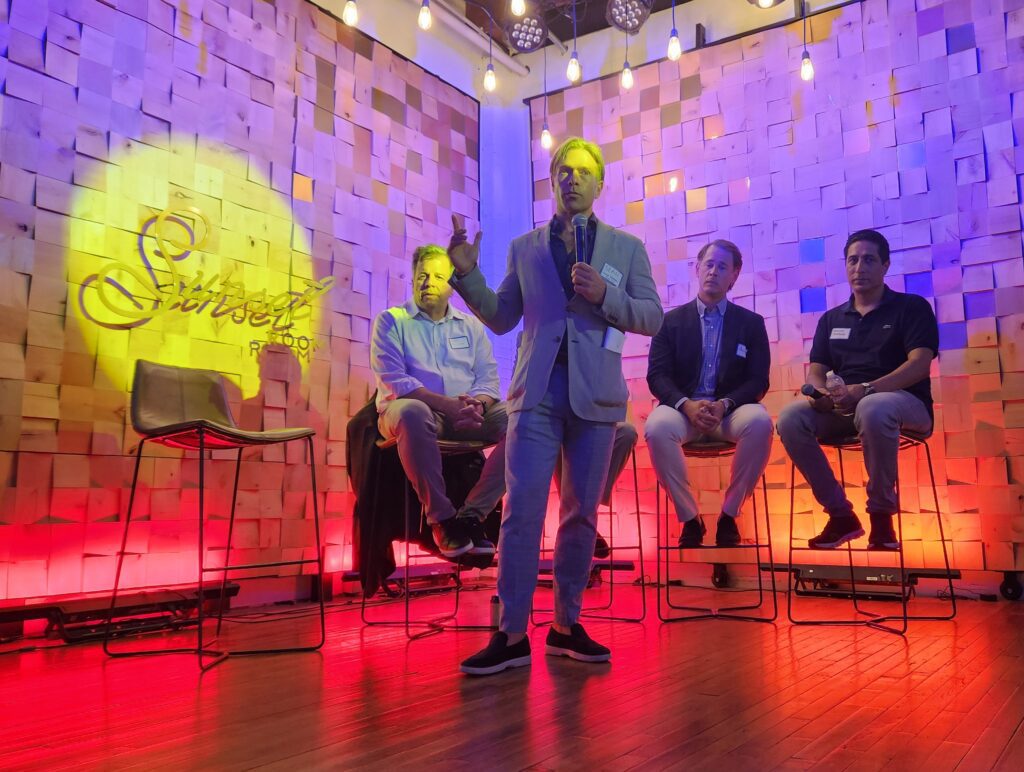
Financing FOAK: The New Playbook
The conversation dove into the evolving strategies behind FOAK financing:
- Banks are wary of technology risk. Traditional financial institutions aren’t built to gamble on unproven tech. But when startups bring strong feasibility studies and early execution data to the table, that risk perception changes.
- Checklists matter. Panelists emphasized that both startups and funders need to have their own “checklist” to align expectations—covering everything from technical viability to market demand and feedstock availability.
- Feedstock and supply chains are essential parts of the funding puzzle. Investors want to know that startups have reliable access to the materials they need—like lithium harvested from brine water, one of the exciting tech examples mentioned on the panel.
- Return expectations typically span five to ten years, depending on the sector. This long runway requires patience, planning, and alignment across all stakeholders.
A recurring theme was the “chicken or egg” nature of FOAK financing—investors want to see projects moving before they fund them, but projects often can’t move without that funding. It’s a cycle that demands creativity, persistence, and sometimes… insurance.
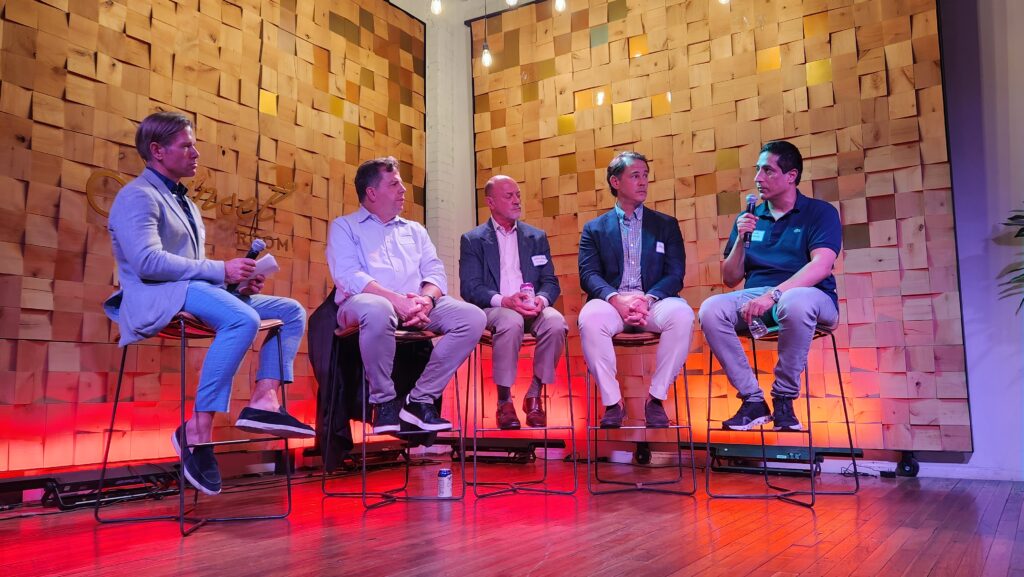
Insurance as a Safety Net
One particularly novel idea discussed was the use of insurance as a financial bridge. If a project fails during execution, insurance could potentially allow banks/investors to recover some losses—another risk-mitigation tool that could help unlock capital for the next generation of clean energy startups.
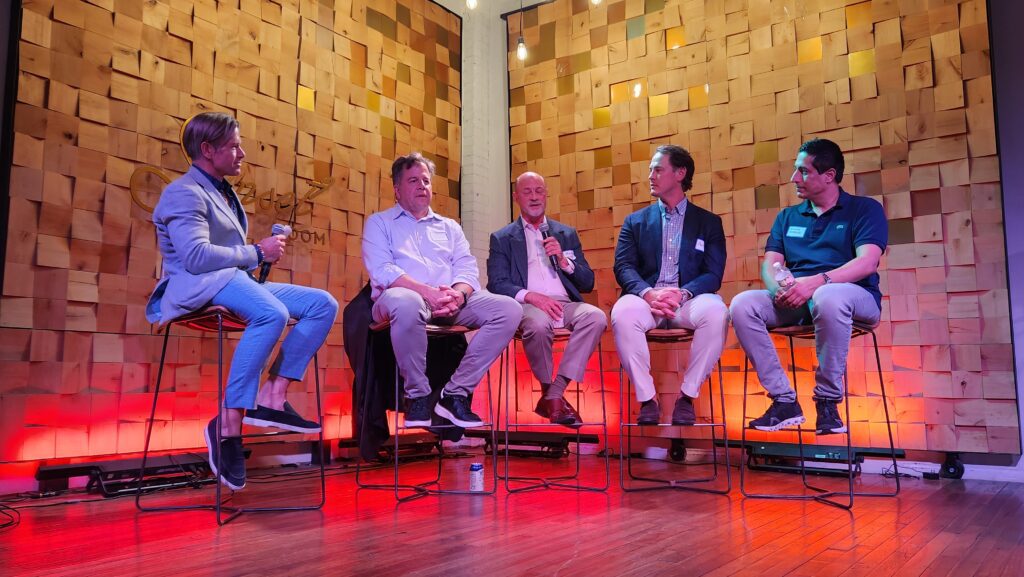
Alignment of Interests: The True North
At the heart of it all, the panel came back again and again to the idea of alignment. Between investors, founders, EPCs, and policymakers—everyone needs to be rowing in the same direction to get FOAK technologies off the whiteboard and into the world.
As someone passionate about climate communications and innovation, it was inspiring to hear how these cross-sector collaborations are being structured—and how far we’ve come in de-risking the deployment phase of clean technologies.
Big thanks to Austin Climate Hub, Pillsbury Law, Wells Fargo, and Lockton for curating this conversation and bringing together this thoughtful group of change-makers. The energy was high, the food was solid, and the dialogue was deeply needed.
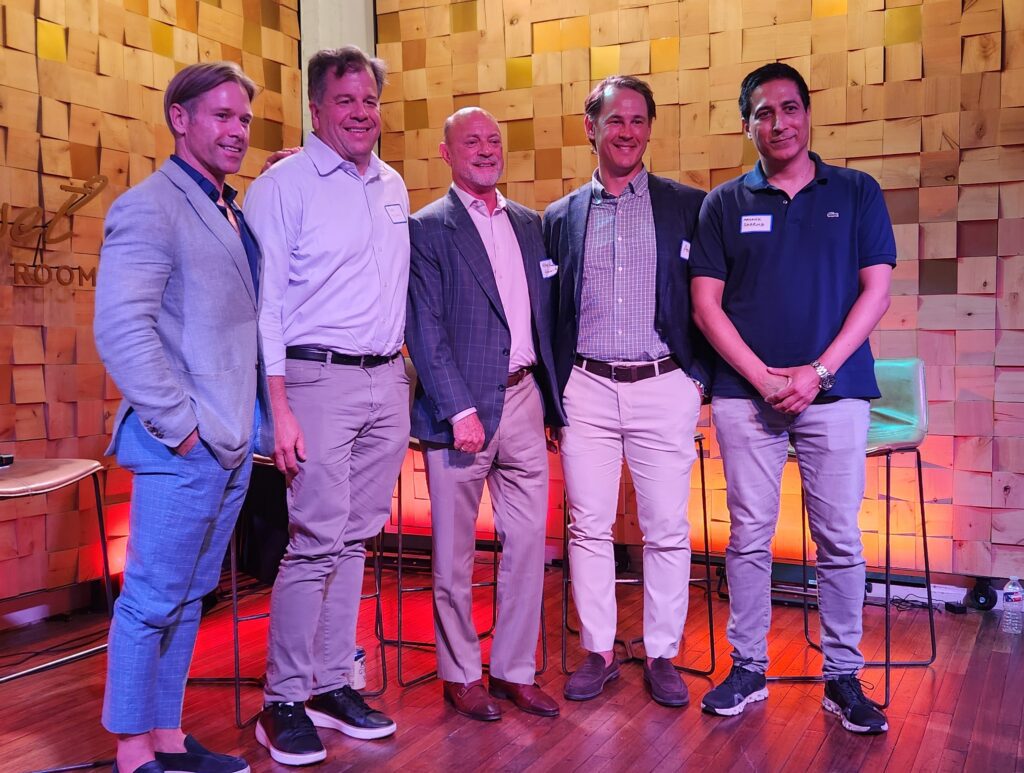
Related Videos on FOAK Climate Tech
*Content was generated with AI based on my notes and direction, then edited and refined by me for accuracy.


